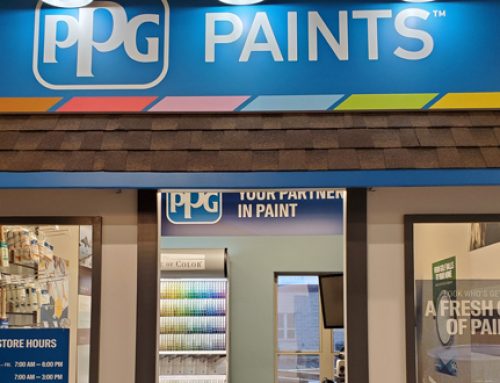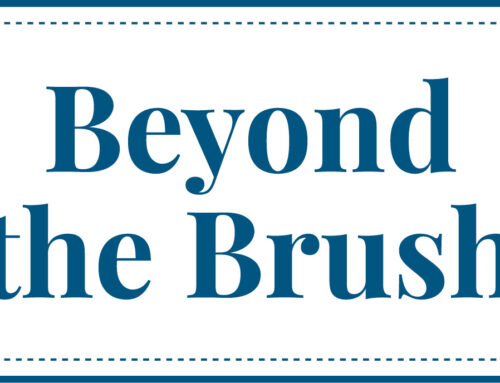 Nadia Evangelou is a senior economist and director of forecasting at the National Association of REALTORS (NAR). She focuses on regional and local market trends, including the effects of changing demographic and migration patterns, and has been involved in research and analysis on local housing affordability conditions and local solutions to increase housing inventory. She also studies the effects of federal policies on the real estate market.
Nadia Evangelou is a senior economist and director of forecasting at the National Association of REALTORS (NAR). She focuses on regional and local market trends, including the effects of changing demographic and migration patterns, and has been involved in research and analysis on local housing affordability conditions and local solutions to increase housing inventory. She also studies the effects of federal policies on the real estate market.
Hardware Retailing spoke to Evangelou and share her insights into the housing market in 2022 and how changes in the real estate industry may impact the home improvement sector this year.
Hardware Retailing (HR): What are your predictions for the real estate market, both existing homes and new builds, for 2022?
Nadia Evangelou (NE): There are signs of a more normal and predictable real estate market ahead. Home purchases have been surging over the past year in an abnormal way. All local markets are seeing strong conditions and home sales are the best they have been in 15 years. Low mortgage rates, pent-up demand and lifestyle shifts during the pandemic were some of the main drivers of the booming housing market. However, the intense multibidding wars are easing. With more housing inventory to hit the market, the market will slow down in 2022 but stay above pre-pandemic levels. I expect nearly 6 million existing homes to be sold next year. Nevertheless, new home sales will continue to outperform, surpassing 1 million units.
HR: How can home improvement retailers use what’s happening in the housing market for planning in their own businesses?
NE: A strong housing market also means strong gains in the remodeling industry. Whether it’s a brand new or existing home, there are always upgrades and renovations that buyers take on to improve their space. Meanwhile, construction will continue to improve, reaching 1.65 million units next year. Thus, I expect gains in remodeling to remain robust in 2022. While supply chain disruptions are causing significant shipping delays, home improvement retailers should get ready for another busy year.
HR: Will homebuyers continue to spend money on home improvement projects in 2022?
NE: After spending so much time at home during the pandemic, consumers have changed their housing preferences. Some homeowners added gyms or offices, decks or pools, or started gardening. With significant shipping delays, higher costs and labor shortages, some consumers decided to do a DIY project. However, according to the NAR 2021 Profile of Home Buyers and Sellers, just 6 percent of existing home buyers said they wanted to DIY a fixer-upper, the same as in 2020.
HR: The people who are buying or selling homes and properties, where are they going?
NE: We are seeing a persistent urban to rural migration flow. People continue to move away from urban centers while small towns and rural areas attract even more movers. The share of inbound moves for urban areas was 49 percent, indicating migration losses, compared to 55 percent for rural areas, showing migration gains. When people don’t move to more affordable areas, they choose to move to a home near the ocean or with a nice mountain view. Barnstable Town, Massachusetts, had migration gains of 63 percent, and Portland, Maine, was at 56 percent, making them the top areas with the most migration gains, although homes are more expensive in those areas than the national median.
HR: What impact does the economic market have on the home improvement industry?
NE: National economic recessions typically have a negative effect on household spending patterns for home improvement projects. Nevertheless, despite small businesses taking a hit, contractors, including home renovation and maintenance companies, have seen business boom during the pandemic. People saved like never before due to the stimulus money. While spending so much time at home, most of them decided to improve their homes, boosting the activity of the remodeling industry. However, rising costs, labor shortages and significant shipping delays are also reported as the main bottlenecks of the home improvement industry. As the economy recovers, I expect strong growth in the home improvement industry to continue over the coming year.







